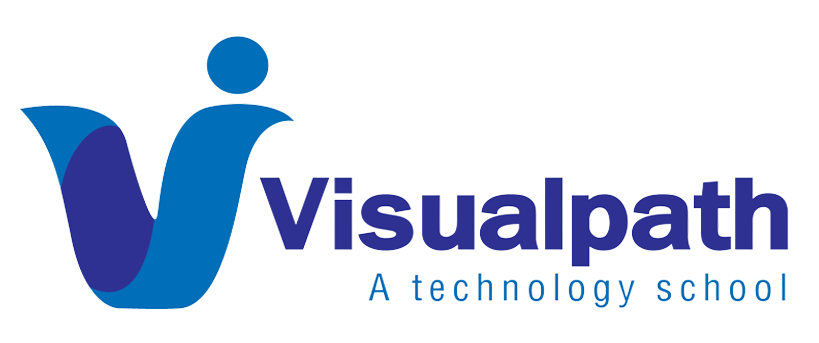Scrum Masters play a critical role in helping Agile teams deliver high-quality products efficiently. They act as facilitators, coaches, and protectors of the team, ensuring that Scrum principles are followed and obstacles are removed. To succeed in this role, Scrum Masters rely on a variety of tools that help manage tasks, foster collaboration, and enable continuous improvement.
Whether you’re a new Scrum Master or preparing for your certification, understanding the top tools used in the field can give you a strong edge. Let’s explore the essential tools that make a Scrum Master’s job more effective.
1. Jira
Atlassian Jira is perhaps the most widely used tool in Agile project management. It helps Scrum Masters and Agile teams plan sprints, track user stories, manage backlogs, and monitor progress with customizable boards.
- Key Features: Scrum boards, burndown charts, velocity tracking, backlog management
- Why Scrum Masters Use It: Jira provides complete visibility into the team’s workflow, making it easier to track progress and identify bottlenecks.
2. Trello
Trello is a more lightweight, visual tool that is ideal for smaller teams or those new to Agile. It uses a simple Kanban board structure to manage tasks.
- Key Features: Drag-and-drop cards, checklists, due dates, integrations
- Why Scrum Masters Use It: It’s user-friendly, highly visual, and great for organizing workflows without complexity
3. Miro
Miro is an online collaborative whiteboard platform that Scrum Masters use for virtual collaboration, brainstorming, and Agile ceremonies like retrospectives and sprint planning.
- Key Features: Digital sticky notes, templates for Agile meetings, real-time collaboration
- Why Scrum Masters Use It: It supports remote or hybrid teams and makes meetings more interactive and engaging.
4. Confluence
Often used alongside Jira, Confluence is a knowledge-sharing and documentation platform. It’s perfect for maintaining sprint documentation, team norms, and retrospective notes.
- Key Features: Wiki pages, templates, team collaboration
- Why Scrum Masters Use It: It ensures team alignment and makes it easy to document and share important information.
5. Zoom or Microsoft Teams
For distributed teams, communication is key. Scrum Masters frequently use video conferencing tools like Zoom or Microsoft Teams to conduct daily stand-ups, sprint reviews, and retrospectives.
- Key Features: Video meetings, screen sharing, chat, integrations
- Why Scrum Masters Use It: Facilitates seamless communication across locations and time zones.
6. Slack
Slack is a powerful messaging platform that supports real-time communication and integrates with many project management tools like Jira, Trello, and GitHub.
- Key Features: Channels, direct messaging, app integrations
- Why Scrum Masters Use It: Encourages collaboration and quick resolution of issues without waiting for formal meetings.
7. Retrium
Retrium is a specialised tool for running Agile retrospectives. It offers pre-built templates and anonymous feedback features to promote honest, effective team reflection.
- Key Features: Retrospective templates, anonymous input, group voting
- Why Scrum Masters Use It: Improves the quality of retrospectives and fosters continuous improvement.
Conclusion
Scrum Masters thrive when equipped with the right tools. From planning and tracking work in Jira to running engaging retrospectives in Retrium, each tool plays a specific role in supporting Agile teams. The best Scrum Masters are not only skilled facilitators but also tech-savvy professionals who know how to leverage these platforms for maximum team success.
If you’re preparing for Scrum Master certification or just stepping into the role, getting familiar with these tools will help you hit the ground running and lead your team with confidence.
Trending Courses: Cloud Testing, Azure Devops with Devsecops, Microsoft Fabric, etc.




